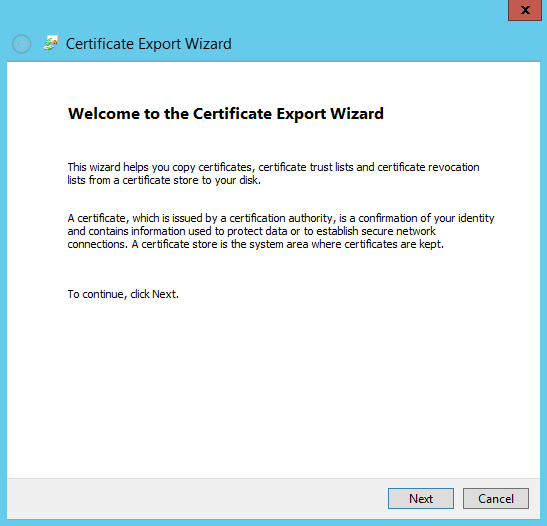


It will begin by following the chain to the intermediate that has been installed, from there it continues tracing backwards until it arrives at a trusted root certificate.

When a browser downloads our website’s TLS certificate upon arriving at our homepage, it begins chaining that certificate back to its root.
#OPENSSL VERIFY CERTIFICATE CHAIN INSTALL#
When we install our TLS certificate, we also be sent an intermediate root certificate or bundle. The server certificate is the one issued to the specific domain the user is needing coverage for. There will always be at least one intermediate certificate in a chain, but there can be more than one. They act as middle-men between the protected root certificates and the server certificates issued out to the public. Intermediate certificates branch off root certificates like branches of trees. It comes pre-downloaded in most browsers and is stored in what is called a “ trust store.” The root certificates are closely guarded by CAs. A root certificate is a digital certificate that belongs to the issuing Certificate Authority. Understanding Root Intermediate Server Certificate In order for an TLS certificate to be trusted, it has to be traceable back to the trust root it was signed off, meaning all certificates in the chain-server, intermediate and root-need to be properly trusted. The certificate chain refers to our TLS/SSL certificate and how it is linked back to a trusted Certificate Authority. The chain or path begins with the SSL/TLS certificate, and each certificate in the chain is signed by the entity identified by the next certificate in the chain. Certificate chain is an ordered list of certificates, containing an SSL/TLS Certificate and Certificate Authority (CA) Certificates, that enable the receiver to verify that the sender and all CA’s are trustworthy.


 0 kommentar(er)
0 kommentar(er)
